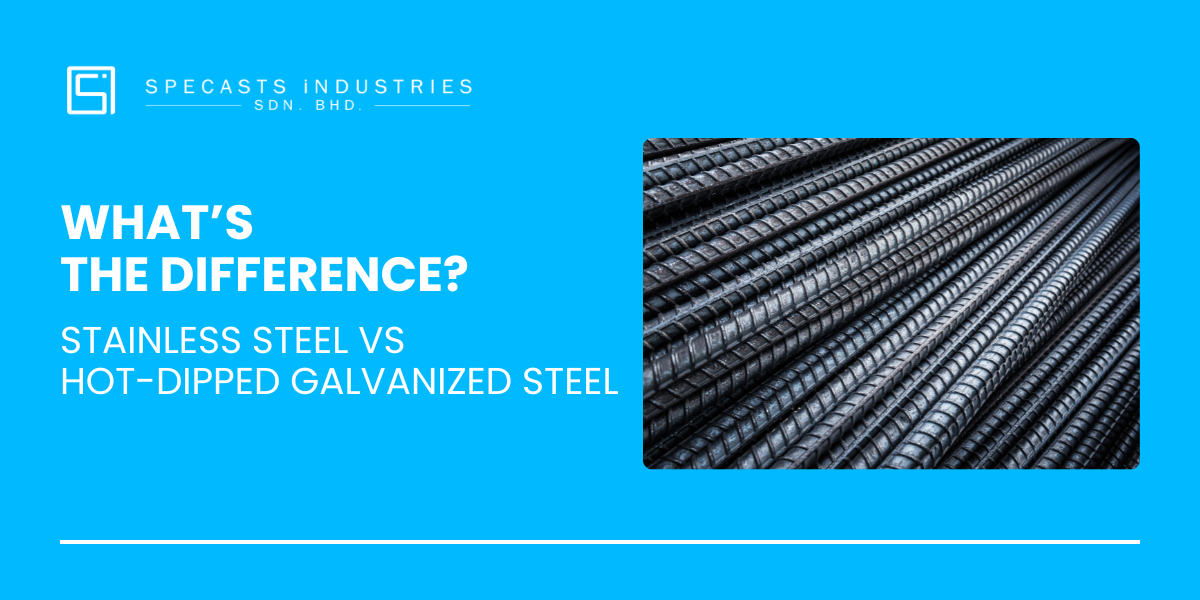
Hot-dipped galvanized steel, on the other hand, is carbon steel that has been coated with a layer of zinc. The galvanization process involves dipping the steel into molten zinc, which bonds to the surface, forming a protective barrier. This zinc coating acts as a sacrificial layer, meaning it will corrode before the underlying steel does, offering protection against rust and corrosion.
Hot-dipped galvanized steel is commonly used in outdoor and industrial applications, such as fencing, roofing, and structural components, where exposure to moisture and the elements is a concern.
Key Differences Between Stainless Steel and Hot-Dipped Galvanized Steel
Corrosion Resistance
Durability
Aesthetic Appeal
Cost
Applications
The choice between stainless steel and hot-dipped galvanized steel ultimately depends on your specific requirements. If you need a material that offers superior corrosion resistance, durability, and a polished appearance, stainless steel is the better option, despite its higher cost. However, if you’re looking for a more budget-friendly material with good corrosion protection for outdoor or industrial applications, hot-dipped galvanized steel may be the right choice.
Understanding the differences between these two materials will help you select the one that best meets your project’s needs, ensuring longevity, performance, and cost-effectiveness.